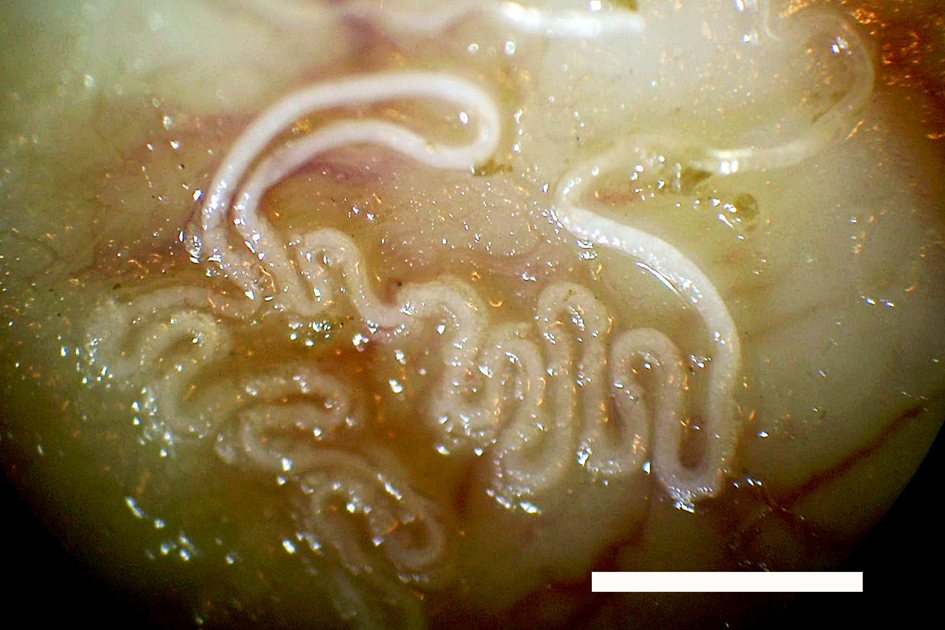
Cats become infected with lungworm when they drink water or eat prey infected with the larval stage of the worm.
The larvae migrate out of the intestines via the bloodstream to the lungs, where they develop into adult worms and lay eggs in the host’s lungs within 40 days. The eggs are then coughed up by the cat or passed in faeces, which may then be eaten by birds, rodents and/or snails.
Symptoms include coughing, dyspnoea and mucus accumulation.
Treatment options include fenbendazole, albendazole, ivermectin, praziquante and levamisole. Usually, a 10-day course of fenbendazole with three to four days of ivermectin will clear the infection.

Leave a Reply